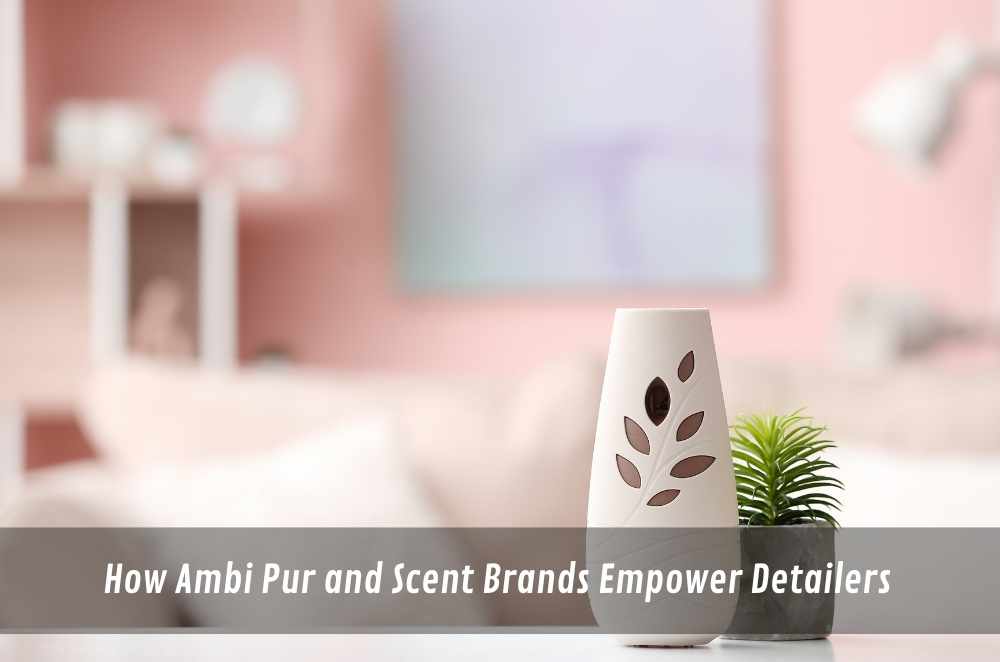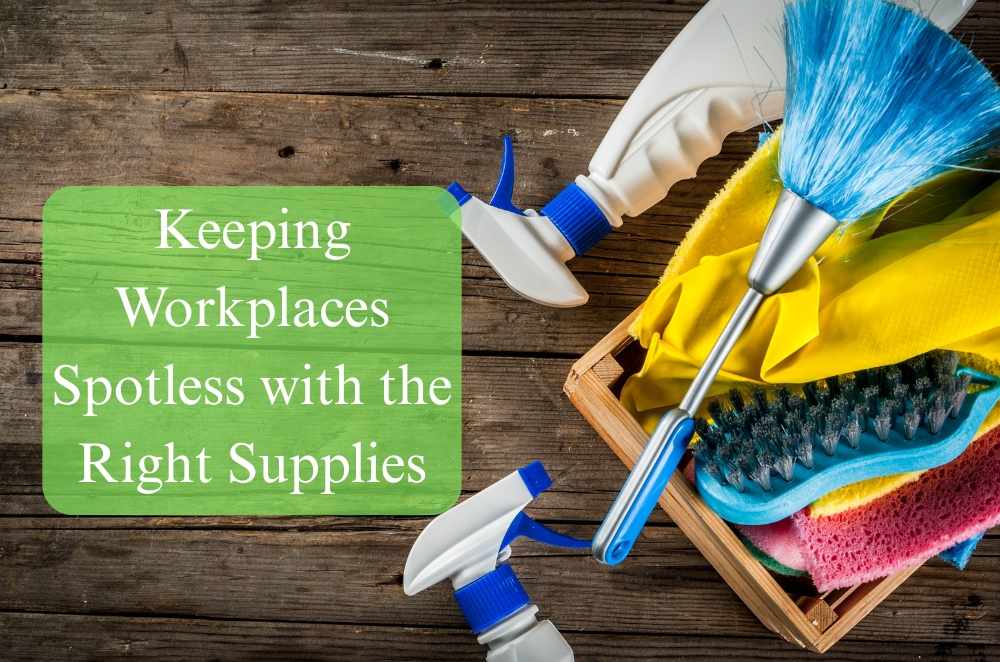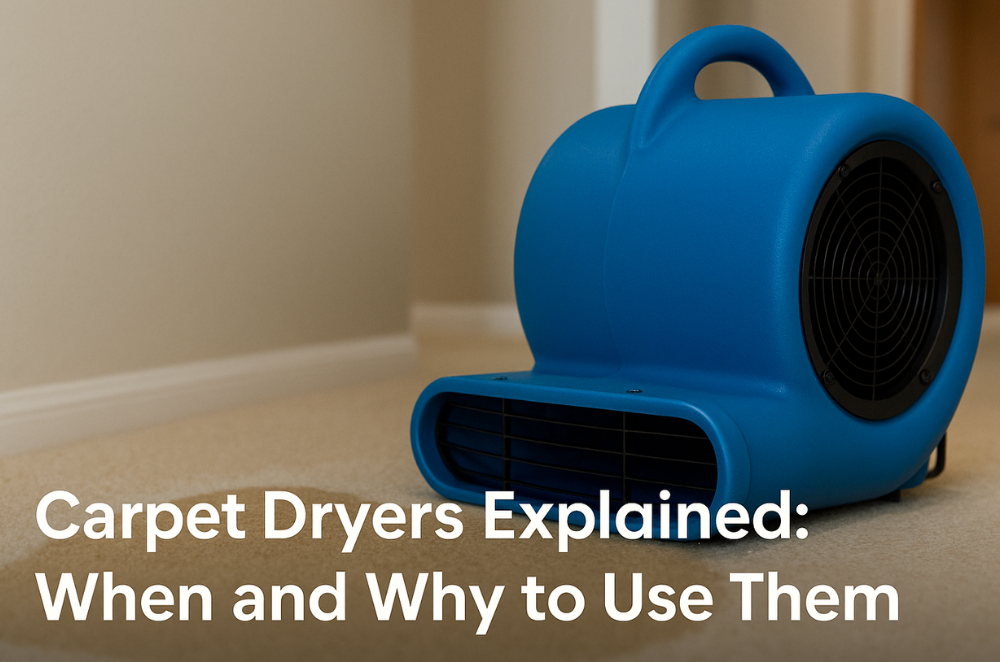
First week back after the holidays, our storeroom looked busy but ran empty fast—wipes gone by Tuesday, liners by Thursday, and three different “multi-purpose” bottles no one trusted. We paused the panic buys, wrote a one-page list, and set par levels for the quarter. If you’re trying to bulk buy cleaning products without overstocking or guesswork, start by mapping what you actually clean, how you dispense it, and who mixes it at 6 a.m. The aim isn’t a glossy cupboard; it’s a quiet one that just works.
Why a checklist pays off in real workplaces
Hygiene budgets leak through guesswork. A shared checklist turns random top-ups into deliberate orders.
Product continuity: fewer SKUs mean fewer surprises for staff.
Predictable costs: consolidated buys curb freight and rush fees.
Fewer outages: par levels stop the “Friday dash” for bin liners.
A short list that everyone follows is dull—in the best way. That calm shows up in cleaner floors and fewer “what do I use on this?” messages.
Regulations without the headache
Cleaning touches health, so claims and labels aren’t guesswork. A few anchors cut through the noise.
Clear claims: match tasks to labelled directions; don’t freelance dwell times.
Documentation: SDS and TDS on file, visible where products live.
Induction: five-minute refreshers on mixing, PPE, and storage.
Public guidance on the regulation of cleaners and disinfectants keeps marketing talk tethered to reality and helps you choose products that do what they say.
Inventory cadence and par levels that actually work
Small tweaks to timing beat big warehouses full of “just in case.”
Set par by usage, not guesswork: Pull the last 8–12 weeks of consumption and add a simple buffer (e.g., 20%).
Visual triggers: Shelf labels with “min/max” lines stop silent outages.
Seasonal nudge: Flu season, school holidays, and campaign launches change traffic—lift pars temporarily.
Match lead times: If delivery is fortnightly from your trusted wholesale cleaning distributor, your par should carry three weeks, not two.
Review once a quarter and after any spike. Pars aren’t forever; they’re a snapshot of how your sites really work.
Simple labelling that saves hours
Most “what do I use on this?” questions die with good labels.
Big print, plain words: Product name, dilution, dwell time—no tiny type.
Icons by surface: Stone, glass, vinyl; a quick glance beats guesswork.
Colour logic: Match clothes, bottles, and zones so habits stick.
Date + batch: A small sticker prevents mystery liquids and helps rotations.
If it isn’t readable in a dim cupboard at 6 a.m., it isn’t labelled. Fix the label, not the person.
When to repair, replace, or retire gear
Messy outcomes often trace back to tired tools, not bad chemicals.
Triggers and pumps: Drips mean overdosing and sticky floors—swap heads, don’t soldier on.
Microfibre lifecycle: Retire when pile collapses or colour fades; lint equals lost performance.
Dispensers: Calibrate quarterly; a clogged tip ruins dilution maths.
Autoscrubber care: Pads, squeegees, and filters—small parts decide big results.
A short maintenance calendar on the cupboard door beats “we’ll remember.” Tools that work make products look smarter.
Choosing products that actually suit your place
Every workplace is a mash-up—sealed vinyl, stone in the lobby, touchscreens everywhere. One bottle won’t love all of that.
Surface-safe first: neutral pH for daily soils; grout-safe descalers for bathrooms.
Dispensing that behaves: metered tips or closed-loop systems avoid overdosing.
RTU vs concentrate: RTU for remote sites; concentrates where training sticks.
If you’re weighing two lookalike options, lean on checklists like workplace cleaning supplies; they prompt the questions busy teams forget to ask.
Routines that survive busy weeks
A good routine is boring—in a good way. It works on a Monday spill, a wet Wednesday, and the pre-knock-off tidy.
Daily loop: neutral cleaner on high-touch points; spot-mop before dirt travels.
Weekly reset: descale taps, clear vents, wipe the “forgotten” edges.
Monthly deep: service vacuum filters, wash microfibre by colour, check grout lines.
Two minutes of aftercare protects the morning’s effort: lids ajar until dry, bottles labelled big, and triggers parked upright. Small habits, long dividends.
The essential kit (without the junk drawer)
You don’t need a storeroom that looks like a supermarket aisle. A tight kit beats a bloated one.
Neutral multi-surface cleaner (concentrate + labelled RTU refills).
Bathroom descaler with honest contact times.
Glass/screen spray that won’t haze monitors.
Low-foam floor cleaner if you run an autoscrubber.
Shortlists like eco bulk cleaning options keep teams focused on what actually moves the needle. In practice, fewer SKUs mean fewer mistakes and cleaner cupboards.
Small mistakes that cause big headaches
Most messes I’ve cleaned weren’t caused by dirt—they were caused by our shortcuts.
Over-dosing: stronger mix ≠ , better clean; films build and floors get tacky.
One-bottle heroics: using “multipurpose” on stone, screens, and vinyl alike.
Mixing risks: acid then bleach is a first-aid story—label and train.
The fix isn’t expensive—just steadier dosing, clearer labels, and a timer in your pocket. Old-school, but it works.
A quick case from the trenches
Last winter, our lobby tiles kept re-soiling by lunchtime. We blamed the weather; the problem was us. We’d been dosing a “neutral” cleaner by eye, and the residue was catching every footprint. We reset the shelf: one neutral concentrate with a metered tip, one-litre refills pre-marked at 1:20 and 1:40, and a laminated card that said where each ratio belongs. Housekeeping ran a five-minute huddle on dwell times and swapped frayed cloths for colour-coded microfibre. In two weeks, the floor stopped feeling sticky, the bin of half-used mystery bottles disappeared, and our Friday “panic shop” line item vanished. No fancy gear—just a smaller kit, labelled properly, and a habit of mixing before the kettle boils.








Write a comment ...